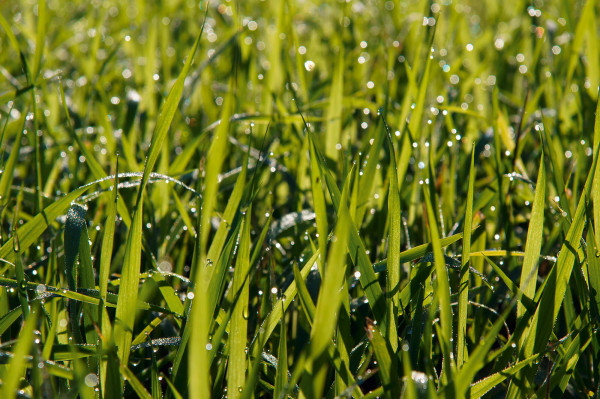
Sweetgrass
Hierochloe odorataLady’s grass / bison grass
Sweetgrass - also called fragrant lady's grass or bison grass - is a cumarin-containing grass from the sweetgrass family. It is widespread throughout Europe, Asia and North America and grows on moist to wet as well as sandy soils. The blades reach heights of between 20 - 90 cm.
Among
the indigenous peoples of North America, sweetgrass has great
importance as incense and medicine and is often used together with or
instead of sagebrush (Artemisia tridentata). The long grasses are
braided together into braids, which are dried and used for incense. To
do this, the grass braid is lit at one end and gently blown out again.
It continues to slowly burn and spreads its pleasant gentle scent, which
is reminiscent of woodruff, vanilla and freshly mown grass. Sweetgrass
is smoked during the sweat lodge ceremony and is smoked together with
tobacco on ceremonial occasions. At the Sun Dance, the altar is covered
with sweetgrass. Its smoke is also inhaled for colds, especially coughs.
In the indigenous tradition, the scent of sweetgrass attracts good,
helpful spirits. Therefore, the ritual place is first cleansed with sage
to drive away the evil spirits and then smoked out with sweetgrass to
create a positive atmosphere.
„I was born in springtime, when the sweetgrass is green. Grass is the chief of everything. The animals depend on the grass and without the animals, our children couldn’t live.“ Blackfeet Chief Brings-down-the-Sun
In southern Germany and Switzerland, the grass is associated with Saint Mary and used as a aroma sachet. It was probably dedicated to Freya, the goddess of love, in pagan Germanic times and possibly served as incense (Rätsch, 2006).











